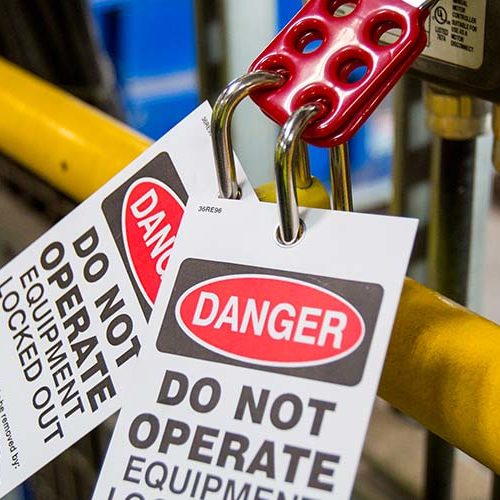Keeping your facility and workforce safety conscious – a concept which we covered in a post last year – requires three key steps: drafting a concrete safety plan, providing workers with adequate training and education, and maintaining detailed records.
Drafting a concrete safety plan is the starting point for keeping all personnel safe from hazards. A good safety plan may require a lot of time, details and organizing, but a systemic approach to managing safety is essential.
Adequate training and education is one of the lynchpins in making sure your employees are prepared to handle any emergency. When employees are thoroughly educated about safety, workplace injuries can decrease significantly.
Once an incident occurs, it’s important to keep good records so you can plot trends and track the actions of your employees. It also demonstrates to your workers that you see workplace safety as a top priority.
Even with these three key steps in place, it’s easy to assume that your facility is at low risk for an incident or accident, and to simply overlook new safety approaches or implement advanced mitigation techniques.
Brian Haney, Leadpoint’s Vice President of Safety and Compliance, recently discussed a different way to think about safety: it’s called the Hierarchy of Hazard Control. Here is that interview.
What steps do you go through when trying to properly assess a hazard?
Whatever the hazard may be, we should always be looking at how to control it. Evaluate potential controls from three different angles before deciding on the method to eliminate or mitigate it. First, and best solution, is an engineering control. Second is administrative control. And third is PPE. The engineering solution isn’t always available. If I can’t engineer the hazard away, maybe I need to deploy a combination of administrative controls and PPE. Thinking through this three-step hierarchy first will generate new ideas.
Can you give me an example of a hazard and how this hierarchy might work?
Noise exposures. Think about a glass breaker in a recycling plant and the high noise level every time bottles break against those metal disks. The easy solution is, “Here are your ear plugs, put those in.” That helps mitigate the hazard, except it relies on the employee wearing their ear plugs and putting them in properly and on management remembering to order PPE. This solution reduces the noise exposure, but it doesn’t eliminate it. So, it’s a decent control but clearly not the best. There are some situations where PPE may be the best you can do because there aren’t any other options. In this example, though, there are other options.
Like administrative controls that might reduce the exposure to high noise levels?
Exactly. If the glass breaker is in one corner of the plant, ideally, we want everyone to work in a different corner. But what if they have to work in that area of the plant?
An administrative solution could be job rotation: an employee only works near the glass breaker for two hours and then we rotate them out with somebody else.
Is there a downside to relying on administrative controls?
Yes. You’re relying on your workers and supervisors to follow the rules and you’re not eliminating the hazard, again you’re just mitigating the exposure. The guy who has to work near the glass breaker for two hours still has an exposure; he’s still being harmed by that exposure. It’s more effective than simply handing an employee ear plugs, but an engineering control is even better.
What would the engineering control look like in this situation?
Here’s an engineering solution I’ve seen implemented: create a sound-proof enclosure around the glass breaker. Then the workforce can work wherever they want and need to, and the operations team doesn’t have to manage job rotation or issue and train on PPE.
What is the number one mistake you’ve seen in safety planning?
The biggest mistake facilities make is doing nothing. If you’re presented with a hazard and nobody has been hurt by it, there’s a tendency to minimize it. Unfortunately, you always have to be thinking worst-case scenario. You have to be proactive and go back to the three steps in the hierarchy: engineering, administrative and PPE controls.

